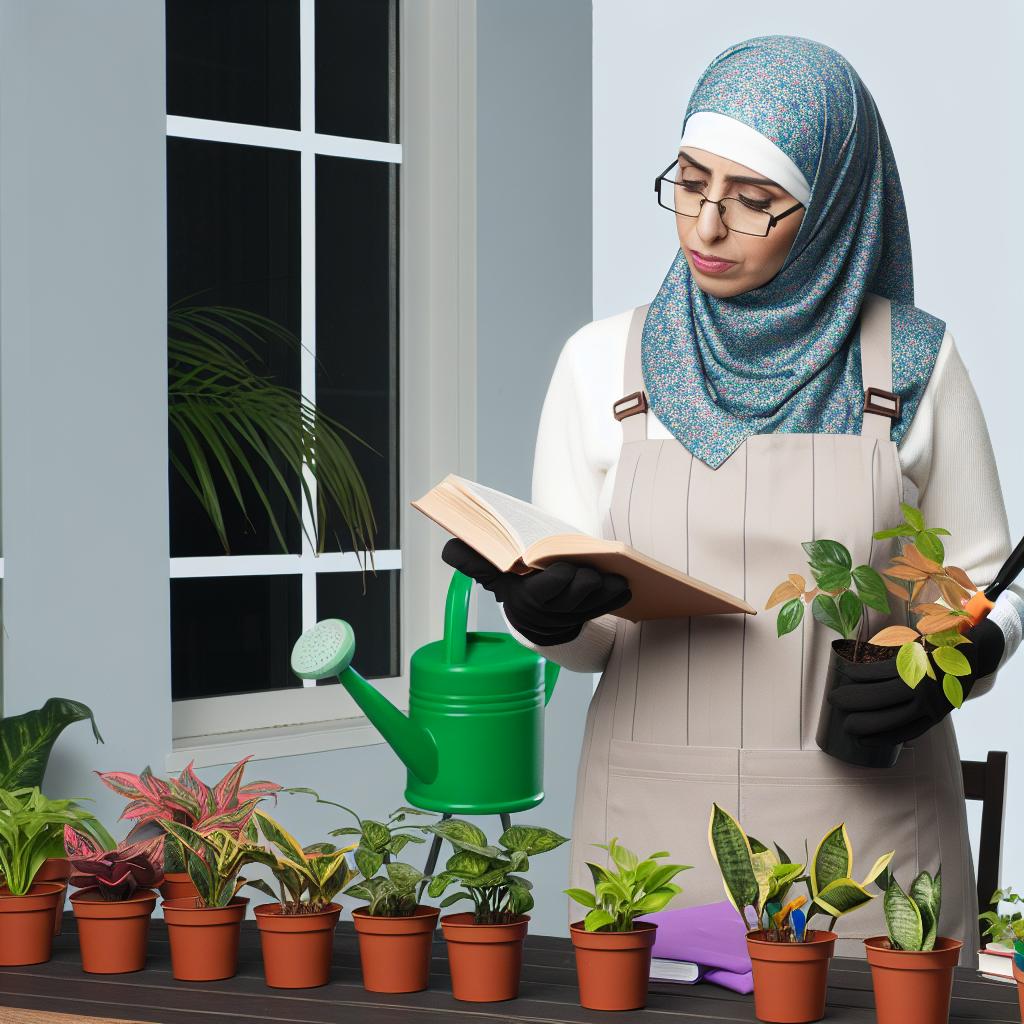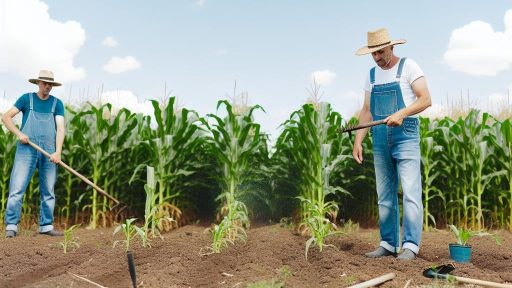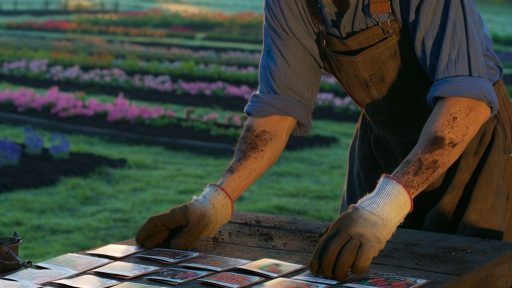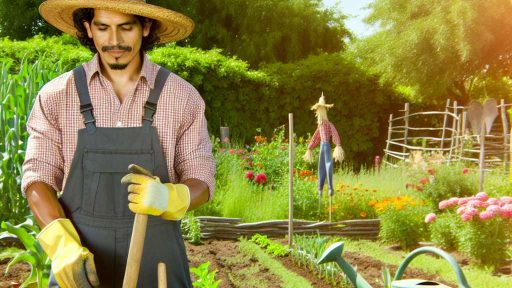Choosing the Wrong Plants for Indoor Conditions
Understand Your Indoor Environment
Your indoor environment greatly influences plant health.
First, assess the light levels in your space.
Some plants thrive in bright light, while others prefer shade.
Additionally, consider the temperature and humidity levels.
These factors are crucial in determining suitable plants.
Selecting Plants Poorly Suited to Your Space
Many beginners choose plants without research.
This often results in selecting species that do not thrive indoors.
For instance, consider avoiding large outdoor plants.
They usually require different care than indoor plants.
Instead, opt for smaller, indoor-friendly varieties.
Identifying Suitable Plant Species
Focus on easy-to-grow plants when you start.
Some great options include pothos, spider plants, and snake plants.
These varieties adapt well to indoor conditions.
They also require minimal care, making them beginner-friendly.
Researching Before You Buy
Take time to read about different plant species.
Transform Your Agribusiness
Unlock your farm's potential with expert advice tailored to your needs. Get actionable steps that drive real results.
Get StartedConsider their light, water, and nutrient needs.
Furthermore, look into their growth habits and potential size.
This research will empower you to make informed decisions.
Common Plant Mistakes
Choosing plants without considering their future growth is a mistake.
Some plants can grow quite large, requiring more space.
Others may not do well if overwatered, leading to root rot.
Being aware of these potential issues helps you avoid frustration.
Neglecting Proper Light Requirements and Placement
Indoor gardening requires careful attention to light conditions.
Many beginners underestimate the importance of proper light.
Inadequate lighting leads to poor plant growth and health.
Understanding your plants’ light needs is essential for success.
Identifying Light Requirements
Different plants have varied light requirements.
Some thrive in direct sunlight, while others prefer shade.
Research your specific plant types to ensure proper care.
Look for labels indicating low, medium, or high light needs.
Choosing the Right Location
Light placement affects your plants significantly.
Assess window orientation and available sunlight throughout the day.
South-facing windows typically provide the most light.
Also, consider using grow lights if natural light is insufficient.
Adjusting for Seasonal Changes
Light availability changes with the seasons.
During winter, consider moving plants closer to windows.
You might need to supplement with artificial lighting.
Be aware of shorter days and adjust accordingly.
Avoiding Common Mistakes
A frequent mistake is placing plants in overly dark spots.
Showcase Your Farming Business
Publish your professional farming services profile on our blog for a one-time fee of $200 and reach a dedicated audience of farmers and agribusiness owners.
Publish Your ProfileOn the contrary, direct sunlight can scorch sensitive leaves.
Check for signs of stress, such as leggy growth or browning edges.
If plants show these symptoms, reassess their light conditions.
Watering Techniques for Indoor Plants
Understanding Watering Needs
Different plants have unique watering needs.
Some plants require more water than others.
Additionally, the environment significantly affects these needs.
Factors include humidity, temperature, and light exposure.
Overwatering Plants
Overwatering is a common mistake among beginners.
Too much water can suffocate roots.
This leads to root rot and ultimately plant death.
Signs of overwatering include yellow leaves and wilting.
Moreover, you may notice a sour smell from the soil.
Underwatering Plants
On the opposite end, underwatering can also be harmful.
Underwatered plants exhibit dry leaves and stunted growth.
Additionally, the soil may become hard and cracked.
Regularly check the soil moisture level to ensure health.
Signs to Watch For
Each plant may display different signs of distress.
Pay attention to leaf color, texture, and growth patterns.
Additionally, monitor your plant for pest infestations.
Healthy plants will show vibrant color and firm leaves.
Regular checks will help you catch issues early.
Gain More Insights: Step-by-Step Guide to Growing Sprouts Safely at Home
Ignoring the Importance of Humidity and Temperature Control
The Role of Humidity
Humidity plays a critical role in indoor gardening.
It directly affects plant health and growth rates.
Indoor environments can often be too dry, especially in winter.
Too little humidity can result in wilting or browning leaves.
Conversely, excessive humidity can lead to mold and mildew.
Finding a balance is essential for indoor plants.
Measuring Humidity
Regularly measure humidity levels with a hygrometer.
A range of 40 to 60 percent humidity is generally ideal.
Adjusting humidity can involve simple methods.
For example, placing trays of water near plants can help.
Moreover, using a humidifier can maintain adequate levels.
The Importance of Temperature
Temperature is another crucial factor in indoor gardening.
Each plant species thrives at specific temperature ranges.
Sudden temperature changes can stress plants significantly.
For instance, avoid placing plants near drafty windows.
Similarly, heat sources can raise temperatures excessively.
Monitoring Temperature
Use a reliable thermometer to keep track of indoor temperatures.
Most houseplants prefer temperatures between 65°F and 75°F.
Showcase Your Farming Business
Publish your professional farming services profile on our blog for a one-time fee of $200 and reach a dedicated audience of farmers and agribusiness owners.
Publish Your ProfileDaytime and nighttime temperatures should not vary too much.
Consistent temperatures yield healthier plants.
Creating an Ideal Environment
Combining humidity and temperature control creates optimal conditions.
Consider grouping plants together to enhance humidity naturally.
Additionally, avoid overcrowding plants to prevent air stagnation.
Ensuring good air circulation helps grow healthier plants.
Regularly check your plants to detect any stress signs.
By addressing humidity and temperature, you can significantly improve indoor gardening success.
Learn More: The Best Sprouting Jars and Trays for Home Sprout Cultivation
Using Unsuitable Soil or Containers for Specific Plants
Choosing the right soil is crucial for thriving indoor plants.
Beginner gardeners often overlook this vital aspect.
Your plant’s growth depends on its specific soil requirements.
Using general potting soil may not suffice.
Different plants have unique needs for drainage and nutrients.
Understanding Soil Types
Start by familiarizing yourself with various soil types.
For instance, succulents need well-draining soil.
Conversely, tropical plants prefer moisture-retaining mixes.
Research the best soil for each plant you own.
This preparation helps guarantee optimal conditions for growth.
Selecting Appropriate Containers
The right container plays a key role in your plant’s health.
Pots must have drainage holes to prevent root rot.
Avoid using decorative pots without proper drainage.
Plastic or terracotta pots are great for most indoor plants.
Ensure the container size matches the plant’s growth stage.
Common Mistakes to Avoid
- Choosing soil not designed for your specific plant type.
- Failing to provide adequate drainage in pots.
- Using containers that are too small or too large.
- Ignoring the specific needs of plants, like pH levels.
By addressing these common mistakes, you will enhance your gardening experience.
Remember, the right soil and container pave the way for successful indoor gardening.
Explore Further: Common Mistakes in Growing Microgreens and How to Avoid Them

Failing to Fertilize Adequately or at the Right Times
Understanding Fertilization Needs
Each plant has unique fertilization requirements.
Therefore, it is essential to research your specific plants.
Additionally, consider the type of soil you are using.
This helps determine the nutrients that might be lacking.
Choosing the Right Fertilizer
Not all fertilizers are created equal.
Organic options are often gentler on plants.
Meanwhile, synthetic fertilizers can provide quick results.
However, use them carefully to avoid burning your plants.
Proper Timing for Application
Timing plays a crucial role in effective fertilization.
Most indoor plants benefit from fertilization during the growing season.
For example, spring and summer are ideal for most varieties.
Avoid fertilizing in the fall and winter when growth slows.
Signs of Nutrient Deficiency
Healthy plants show vibrant colors and strong growth.
Showcase Your Farming Business
Publish your professional farming services profile on our blog for a one-time fee of $200 and reach a dedicated audience of farmers and agribusiness owners.
Publish Your ProfileLook for signs of nutrient deficiency to guide your fertilization.
Yellowing leaves or stunted growth may indicate deficiencies.
Address these symptoms promptly with the appropriate nutrients.
Monitoring and Adjusting Fertilization
Regularly monitor your plants after fertilization.
Adjust your fertilization based on their response.
If growth remains slow, reassess your fertilization strategy.
Consider testing your soil for more precise adjustments.
Gain More Insights: Permaculture Gardening Techniques for Small Farms
Inadequate Pest and Disease Management Techniques
Understanding Common Pests
Many beginners often overlook common pests in indoor gardening.
Examples include aphids, spider mites, and whiteflies.
Identifying these pests early is crucial for effective management.
Implementing Preventive Measures
Prevention is the first step to managing pests effectively.
Keep your plants clean and provide proper airflow around them.
Additionally, consider using companion planting to deter pests.
Regular Inspection of Plants
Make it a habit to check your plants regularly.
Look for signs of damage or unusual spots on leaves.
This practice helps catch infestations before they escalate.
Selecting Effective Treatment Options
Utilize organic methods for pest control whenever possible.
Insecticidal soaps and neem oil can be highly effective.
Always follow product instructions to avoid harming your plants.
Understanding Plant Diseases
Recognize that indoor plants are also susceptible to diseases.
Fungal infections are common, often stemming from moisture issues.
Stay vigilant for any signs of wilting or discoloration.
Isolation of Infected Plants
If you suspect a plant is diseased, isolate it immediately.
This action protects your healthy plants from contamination.
Dispose of any severely infected plants to prevent spreading.
Maintaining Proper Humidity and Light Levels
Ensuring the right humidity and light levels helps prevent diseases.
Different plants have varying requirements, so adjust accordingly.
Using a hygrometer can help monitor humidity in your space.
Educating Yourself on Plant Needs
Learning about the specific needs of your plants is essential.
Every plant has its own light, water, and nutrient requirements.
Stay informed about the best practices for each type of plant.
Avoiding Overcrowding in Indoor Gardens
The Importance of Air Circulation
Air circulation is crucial for plant health.
It helps prevent mold and mildew build-up.
Additionally, good air flow supports photosynthesis.
Without proper circulation, your plants may suffer.
Consequences of Overcrowding
Overcrowding leads to competition for resources.
Plants struggle for light, water, and nutrients.
Consequently, some plants may become stunted.
Others may develop diseases due to stress.
Showcase Your Farming Business
Publish your professional farming services profile on our blog for a one-time fee of $200 and reach a dedicated audience of farmers and agribusiness owners.
Publish Your ProfileHow to Avoid Overcrowding
Choose appropriately-sized pots for your plants.
Space plants according to their mature size.
For example, small herbs need less space than larger plants.
Regularly prune and remove dead foliage as needed.
Assessing Plant Growth
Monitor the growth rate of each plant closely.
Ensure plants have enough space to grow healthily.
If necessary, consider repotting to prevent tight growth conditions.
Give your plants room to thrive.
Additional Resources
Starting Seeds for Your Flower Garden: Biggest Mistakes to Avoid




